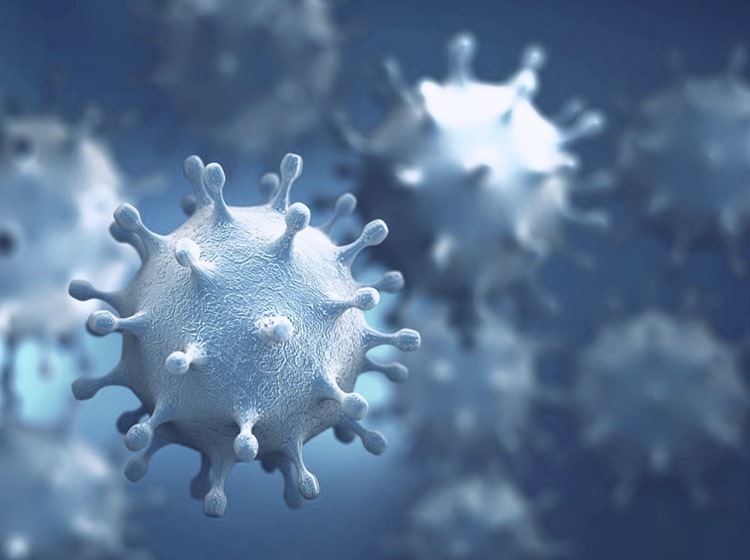Genetic Variants of SARS-CoV-2—What Do They Mean?
Adam S. Lauring, MD, PhD1; Emma B. Hodcroft, PhD2
- 1Division of Infectious Diseases, Department of Internal Medicine and Department of Microbiology and Immunology, University of Michigan, Ann Arbor
- 2Institute of Social and Preventive Medicine, University of Bern, Switzerland
JAMA. Published online January 6, 2021. doi:10.1001/jama.2020.27124

Over the course of the severe acute respiratory syndrome coronavirus 2 (SARS-CoV-2) pandemic, the clinical, scientific, and public health communities have had to respond to new viral genetic variants. Each one has triggered a flurry of media attention, a range of reactions from the scientific community, and calls from governments to either «stay calm» or pursue immediate countermeasures. While many scientists were initially skeptical about the significance of the D614G alteration, the emergence of the new «UK variant"—lineage B.1.1.7—has raised widespread concern. Understanding which variants are concerning, and why, requires an appreciation of virus evolution and the genomic epidemiology of SARS-CoV-2.
Mutations, Variants, and Spread
Mutations arise as a natural
Although the terms mutation, variant, and strain are often used interchangeably in describing the epidemiology of SARS-CoV-2, the distinctions are important. Mutation refers to the actual change in sequence: D614G is an aspartic
Evaluation of a new SARS-CoV-2 variant should include assessment of the following questions: Did the variant achieve prominence through natural selection or chance events? If the evidence suggests natural selection, which mutation (s) are being selected? What is the adaptive benefit of these mutations? What effect do these mutations have on transmissibility and spread, antigenicity, or virulence?
See more
